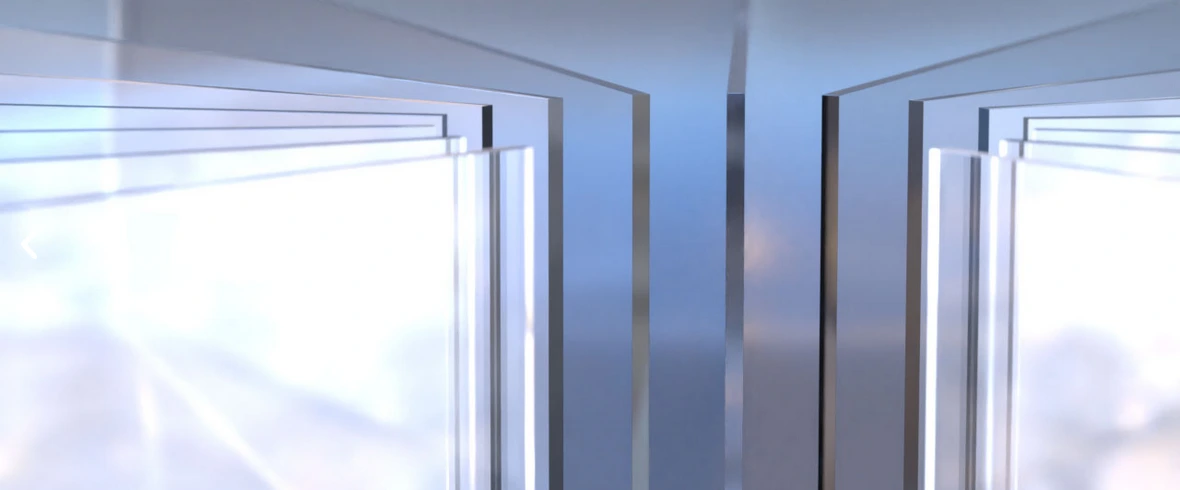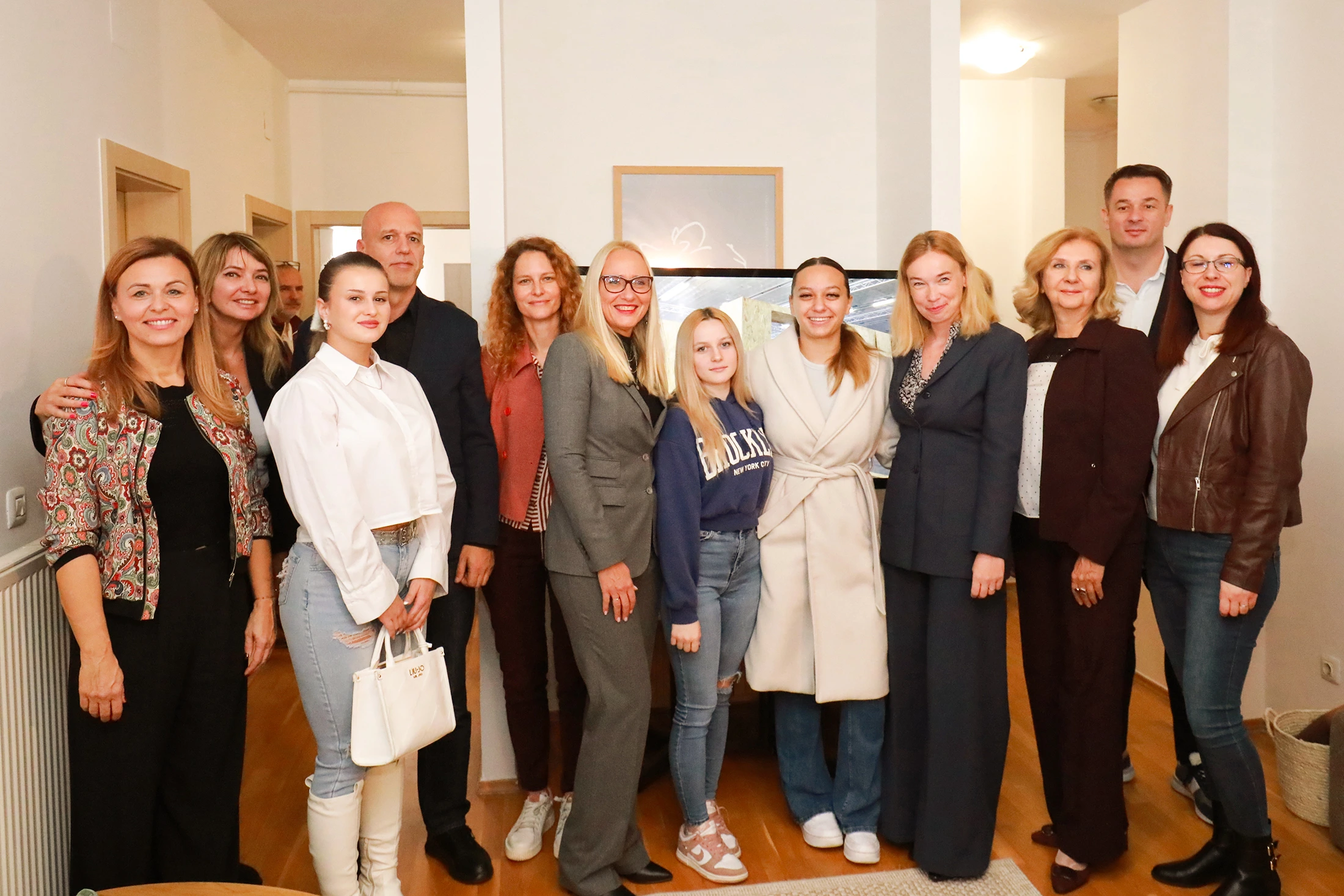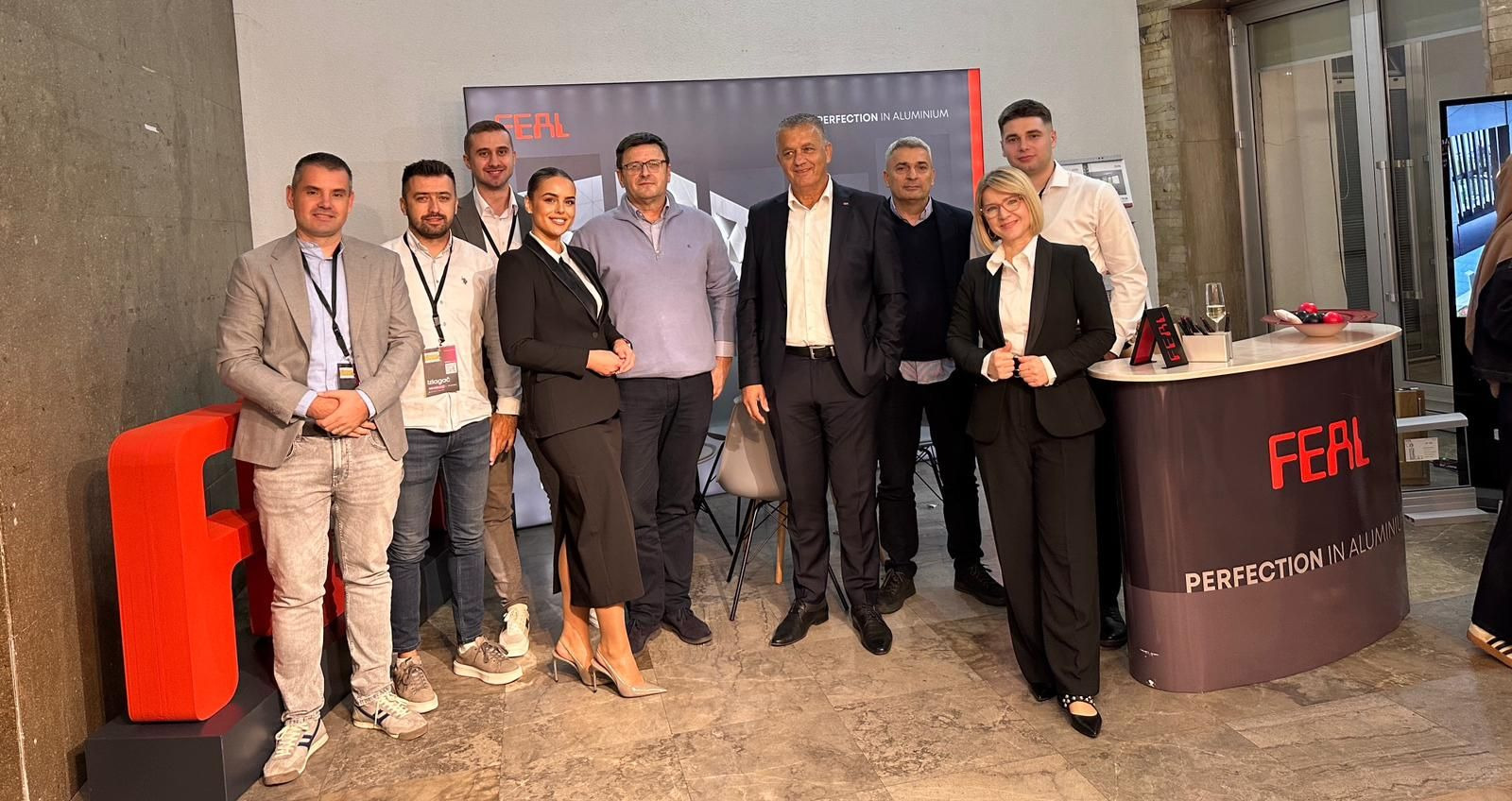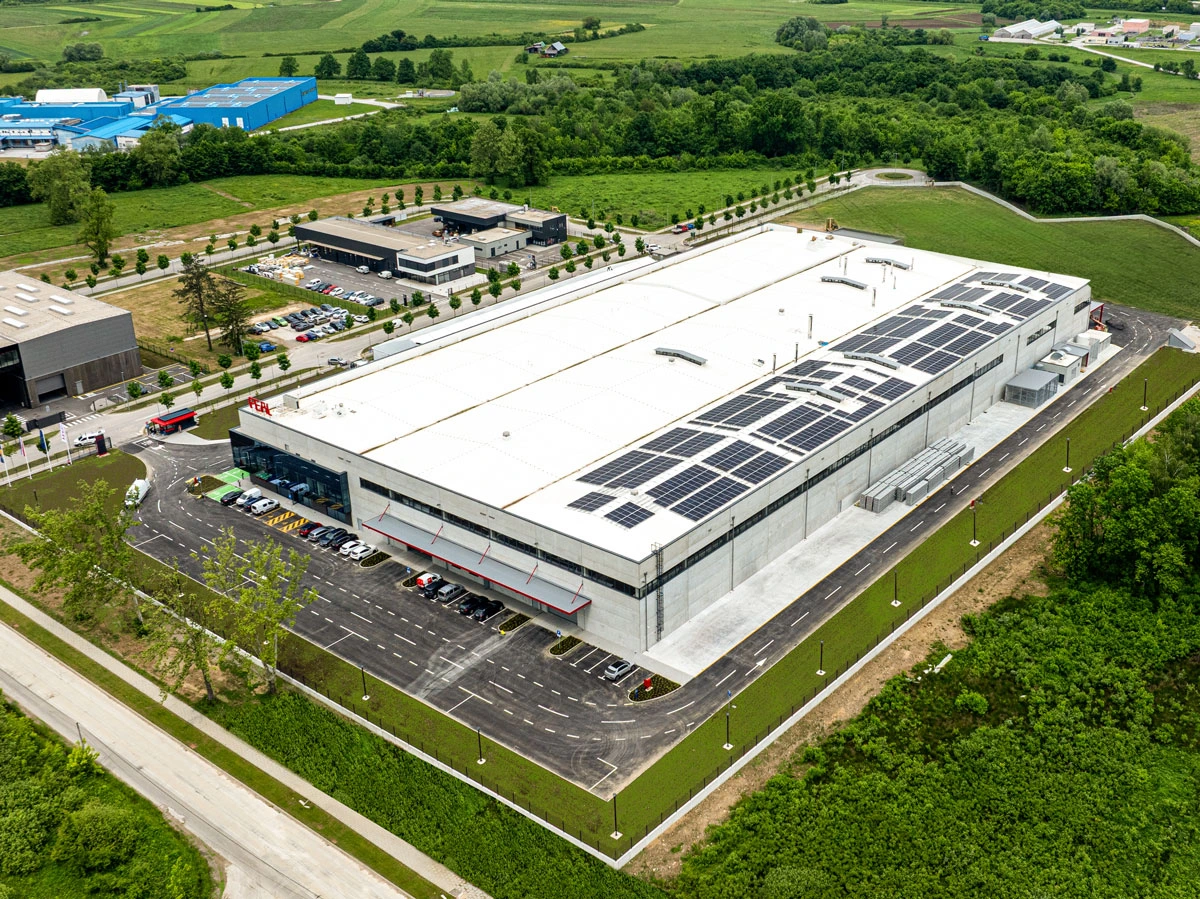Glass is a product of nature. It is made from quartz sand, calcite, soda ash and glass cullet (which is obtained from old glass packaging). Glass is a material that can be fully recycled and today represents one of the main components of new generation facades. Throughout history, the shape, thickness and even the way glass is processed have changed. On the one hand, it is characterized by great hardness, meaning it withstands physical forces very well and is also resistant to bending and breaking.
The glass on the building is determined by the project based on aesthetic requirements and the calculated thermal balance of the building in accordance with building regulations and the investor's requirements. The aesthetic criterion is determined by color, while other requirements are achieved by meeting mechanical criteria such as glass size, thickness, and method of attachment.
Enhanced thermal protection is achieved by using insulated glass, which has technically improved properties for the transmission and radiation of heat flow.
Filling the space between the panes with a gas or gas mixture is a widely used procedure for improving the thermal and acoustic properties of insulated glass. Argon gas is primarily used to reduce heat transfer. SF6 gas (sulfur hexafluoride) was used until the end of 2004 to improve sound insulation. After that, krypton gas was used to improve thermal and sound insulation. This significantly increased the price of glass, and the problem is also related to the limited amount of krypton gas.
Parameters that determine glass:
U – heat transfer coefficient
A parameter that shows the passage of thermal energy from a warmer to a colder space through a certain obstacle.
It shows the amount of heat transferred through the glass from a warmer to a colder space, expressed in Watts for each m2 of glass surface and for each K of temperature difference between the two spaces.
g – degree of transmission of total solar radiation energy
The parameter shows the sum of solar energy that passed through the glass directly and that which passed through the glass indirectly, i.e. by radiation of energy absorbed from the glass itself into the space behind the glass.
Tv – Light Transmission (LT)
The parameter shows the amount of light in % that passes through the glass. It shows what percentage of light from 448 W/m2 passes through a given glass.






